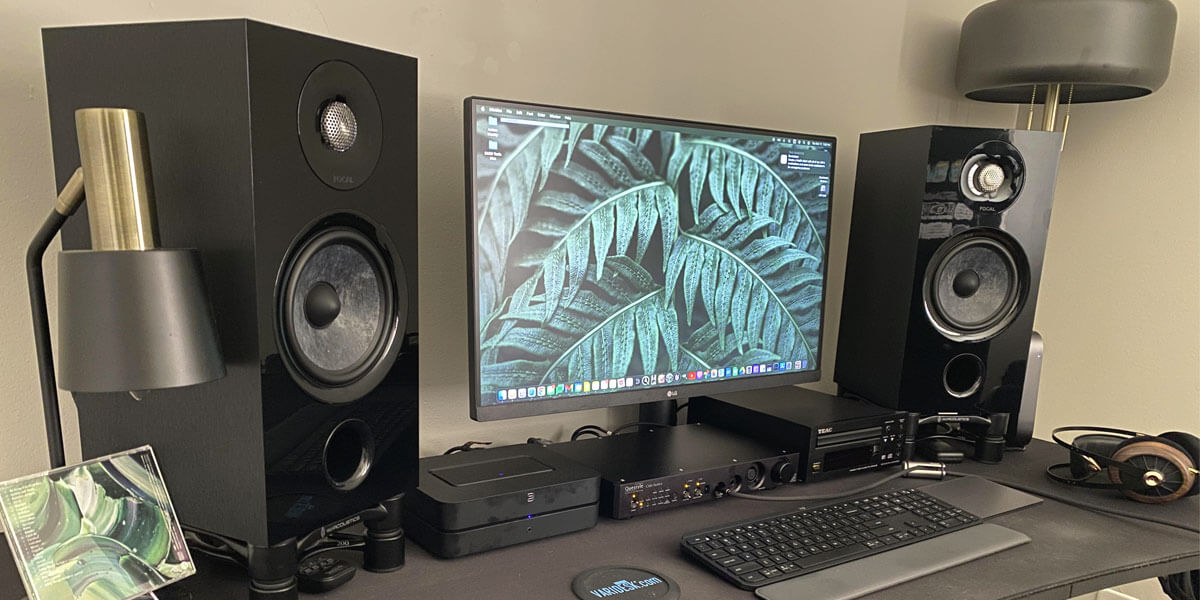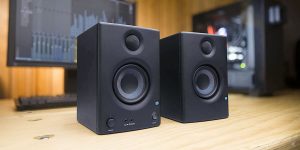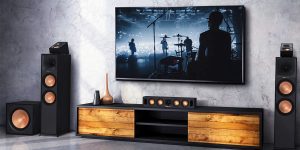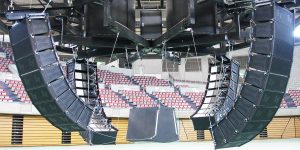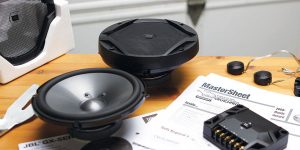When it comes to designing speakers, every aspect is carefully considered to ensure optimal sound reproduction and performance. Speaker VAS and CMS are among the critical parameters that significantly impact characteristics and capabilities. Understanding their importance in speaker design allows us to fine-tune their low-frequency response, mid-range accuracy, and overall efficiency.
In this article, I’ll speak about VAS and CMS’s role in shaping speakers’ efficiency, so prepare to uncover the complex interplay with these parameters.
Understanding speaker Vas
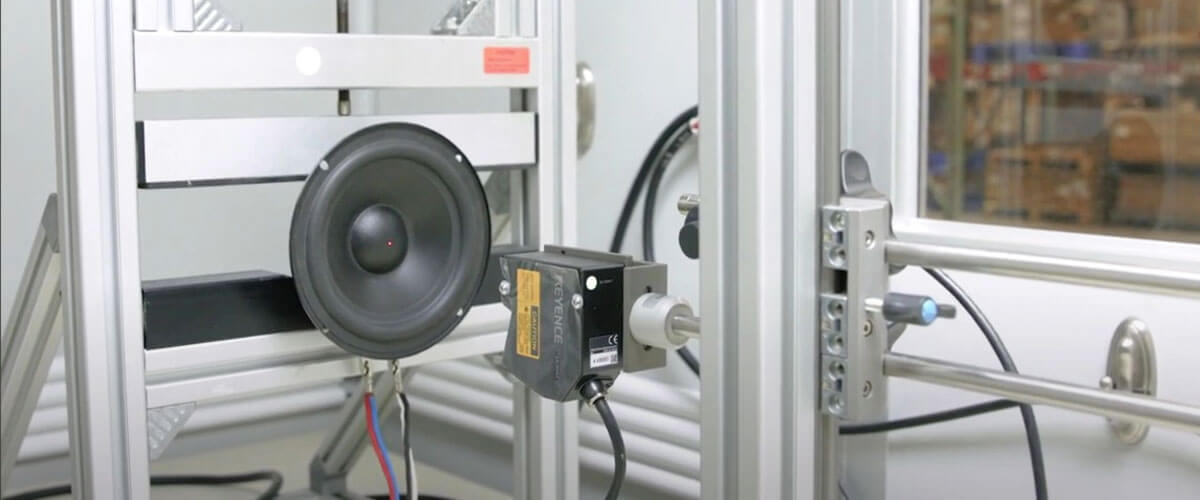
Equivalent Air Volume is a parameter used in speaker design that represents the volume of air that has the same compliance as the speaker suspension system. In other words, Vas stands for the apparent air volume that the speaker “sees” as it moves back and forth.
There’s also a subwoofer Vas which represents the volume of air that has the same compliance as the subwoofer’s suspension system.
To measure Vas, a common method used is the Thiele/Small (T/S) parameter measurement, which is a set of standardized calculations that provide valuable data about Vas speaker meaning.
Understanding CMS parameter
Mechanical compliance measures the speaker compliance or flexibility of the suspension system and includes components such as the surround and spider, which connect the speaker cone to the frame.
- Mid-range accuracy: CMS determines the stiffness or flexibility of the suspension materials. A higher value indicates a more compliant suspension for greater cone movement.
- Power handling: The increased excursion capability enables the speaker to handle higher power levels without distortion or damage.
Significance of Vas and CMS in speaker performance
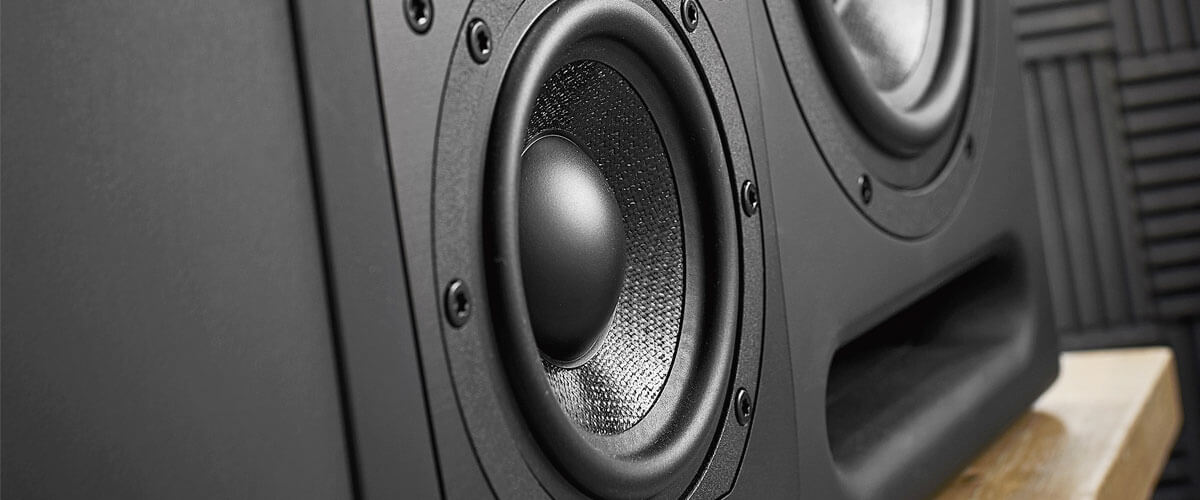
These parameters play significant roles in the output and features of speakers, which I’ll describe in detail:
- Relationship between Vas and low-frequency response: A lower Vas value allows for tighter control of cone movement and better low-end response. Speakers with lower Vas values require less airspace to achieve desired bass reproduction.
- Vas and enclosure design: The volume of the enclosure affects the speaker’s low-frequency extension. Considering the Vas value, you can achieve the desired bass response and maximize the speaker’s potential.
- Vas and speaker efficiency: This is the speaker’s ability to convert input power into acoustic output. Speakers with larger Vas values require less power to produce a given sound level. This efficiency is advantageous where high output levels are required.
- Vas and transient response: This shows if the speaker accurately reproduces fast and dynamic changes in audio signals. While Vas is not directly linked to transient response, it indirectly impacts it through its influence on the low-frequency characteristics.
- Relationship between CMS and midrange response: A higher CMS value indicates a more compliant suspension for a greater cone movement in the midrange frequencies. It enables the speaker to accurately reproduce vocals, instruments, and other midrange audio content.
- CMS and speaker accuracy: A well-controlled and compliant suspension helps minimize distortion and unwanted resonances, contributing to improved accuracy and clarity in the midrange frequencies.
Factors affecting Vas and CMS
Several aspects influence the values of Vas and CMS in speakers, which I described for you in the following table:
| Cone and Surround Material | Cone Size and Geometry | Compliance and Suspension Design | Voice Coil Characteristics |
|---|---|---|---|
| Paper or aluminum materials provide a stiffer cone, resulting in lower Vas and CMS values. Various types of polymers or treated fabrics increase compliance and lead to higher Vas and CMS values. | Larger cone sizes result in higher Vas values due to the bigger surface area that interacts with the air. Complex cone shapes or profiles give additional stiffness or flexibility, altering Vas and CMS values. | Compliance refers to the flexibility or springiness of these components. A suspension system with higher compliance allows for greater cone excursion and improved midrange response. A stiffer suspension will lower CMS values, providing better control for higher power handling. | A lighter voice coil with lower mass can contribute to lower Vas and CMS values, resulting in improved transient response. |
Considering these factors during the speaker design process allows you to tailor Vas and CMS values to meet specific performance goals.
Measuring and calculating Vas and CMS
Vas can be calculated using the T/S formula: Vas = (Qts / (2π × Fs))^2 / Sd, where Sd represents the effective radiating area of the driver’s cone.
Measuring speaker cabinet resonance involves mounting the driver in a sealed box and calculating its electrical impedance. The calculation is based on the resonant frequency and Q factor.
Obtaining precise Vas values allows you to select appropriate enclosure sizes, design optimal bass reflex systems, and ensure accurate alignment of speaker components.
Measuring CMS is more challenging. The first, the mass method, involves attaching a known mass to the driver’s cone and measuring the change in cone displacement or compliance. Another method is measuring the driver’s electrical impedance at various frequencies to derive CMS.
By accurately optimizing Vas and CMS values, speakers deliver the most favorable sound quality, same as proper calculation unlocks the full potential of speakers and creates exceptional audio systems.

